 |
|
 |
|
Jamie Adamski of Adamski Builders has completed training in Radon Measurement & Mitigation Proficiency Courses and has fulfilled the requirements by the National Radon Proficiency Program (NRPP) to become a Certified Residential Mitigation Provider. |
WHAT IS RADON? Radon is a naturally occurring radioactive gas that enters buildings from the surrounding soil and can be found in the dirt and rocks beneath houses, in well water and in some building materials. It is colorless, odorless and tasteless. It can enter homes through soil, crawlspaces, foundation cracks, floors and walls. Once inside, it can sometimes become trapped in your home. All homes have some radon gas. Breathing high levels of radon can put you at risk for lung cancer. To see if your house has dangerous levels of radon, you should have it tested. Radon is also the main source of ionizing radiation that most of us are exposed to. It is the second leading cause of lung cancer in the United States -- second only to smoking and is responsible for more than 20,000 deaths annually in the United States. Radon is a preventable health threat to many Minnesota and Wisconsin residents. MDH estimates that one in three (1/3) existing Minnesota homes have radon levels that may pose a large health risk over many years of exposure. Fortunately, radon problems in existing homes can be fixed. However, when building a new home, it is more cost effective to prevent a radon problem by building to keep radon out. A fan used to “activate” the radon system makes the transition between a minimal reduction in radon, that is required by the building code, to a maximum reduction of your lung cancer risk due to radon. Radon is measured in picoCuries per liter of air (pCi/L). Radon levels inside houses below 4 pCi/L are considered acceptable. If your home has radon levels above 4 pCi/L, you should take action. |
| Images From A Recent Inspection | ||||
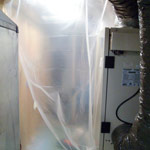 |
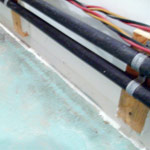 |
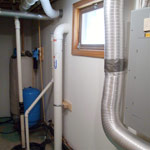 |
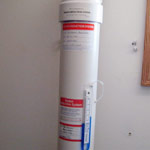 |
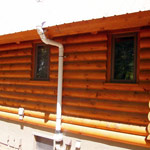 |
About EPA's Former National Radon Proficiency Program Please Note: EPA-issued Radon Measurement (RMP) and Mitigation (RCP) photo-identification cards, ANY item with EPA's logo or name, listing letters and identification numbers have not been valid since EPA closed its proficiency program in October 1998. Consequently, persons and companies should not represent themselves, their products or their services as "EPA Listed" or "EPA Approved" or "Meets EPA Requirements" or otherwise imply an EPA sanction. Consumers are encouraged to contact their State radon office (see the state contact list at www.epa.gov/radon/whereyoulive.html just click on your state) for additional information or if you have a complaint/question. After the close of EPA's National Radon Proficiency Program (RPP) in 1998, there were requests that EPA offer some form of recognition of the two existing non-Federal radon proficiency programs. EPA offered a one-time acknowledgment to both of the existing non-Federal national radon proficiency programs (The National Radon Safety Board (NRSB) and The National Environmental Health Association's (NEHA) National Radon Proficiency Program). This official acknowledgement ran through March 30, 2001 to December 31, 2002. EPA continues to encourage States, industry and consumers to work together to identify those elements that would improve non-Federal radon proficiency programs and go beyond EPA's former voluntary RPP. These improved elements should then be adopted as standards of practice. |
| © 2005-2016 Adamski Builders, LLC. •• All Rights Reserved. |